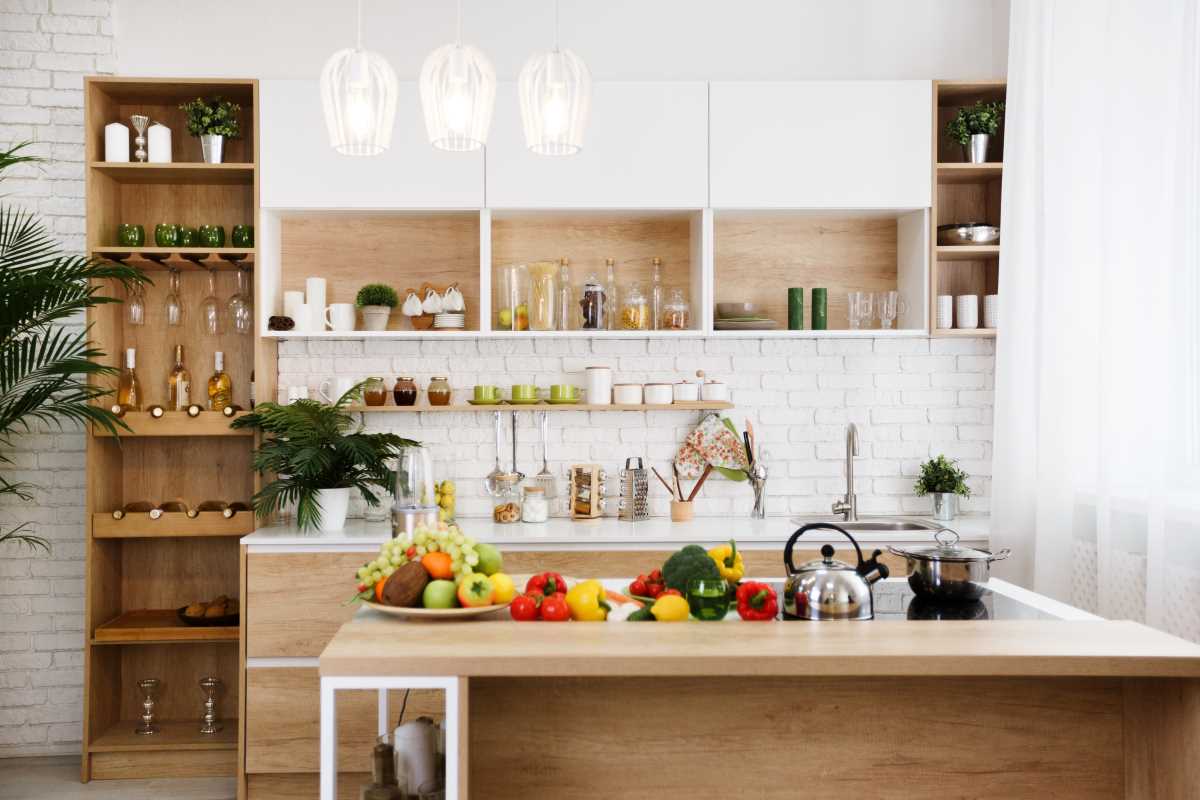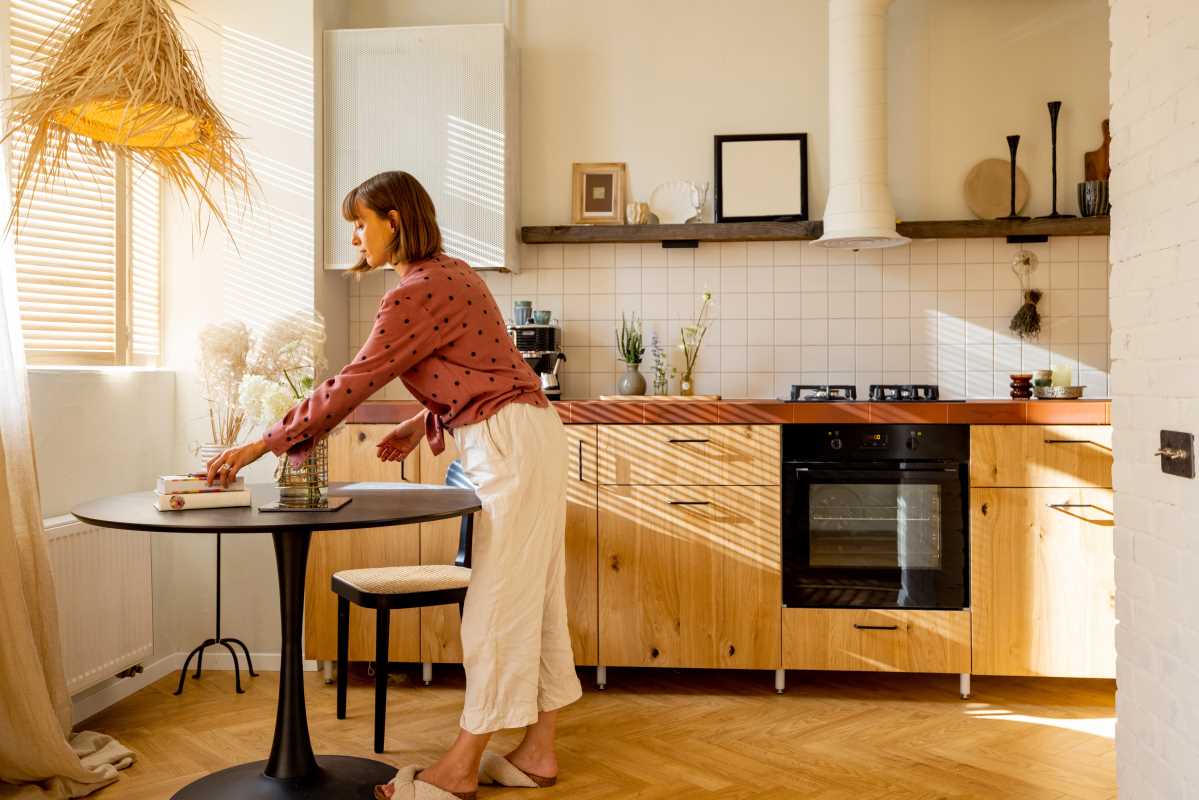Have you ever thought about downsizing your living space and embracing a simpler lifestyle? The tiny home movement is quietly transforming the way people think about their living arrangements, offering a refreshing take on minimalism and sustainability. From cozy cabins to stylish micro-apartments, tiny homes are capturing the imagination of those looking to declutter their lives and focus on what truly matters.
This shift towards smaller living spaces isn't just a trend; it's a lifestyle choice that reflects a growing desire for financial freedom, environmental responsibility, and personal well-being. Whether you're dreaming of a mobile tiny house on wheels or a fixed pint-size abode, tiny home living is redefining modern living in exciting ways.
The Rise of Tiny Home Living
The concept of tiny homes isn't exactly new, but it's been gaining significant momentum over the past decade. Originating from the minimalist movement and the tiny house movement, the idea of living with less has resonated with many people around the world. Economic factors, such as rising housing costs and student debt, have also played a role in making small-scale living a practical alternative.
Additionally, the desire for a more sustainable lifestyle has fueled the growth of tiny home communities. These compact dwellings often have a smaller environmental footprint, using less energy and fewer resources than traditional homes. As a result, more individuals and families are exploring tiny homes as a viable and attractive option for their living arrangements.
Benefits of Minimalist Living
Embracing minimalism through tiny home living offers numerous psychological and lifestyle benefits. One of the most notable advantages is the reduction of stress and anxiety that comes from clutter and excessive possessions. With limited space, inhabitants learn to prioritize what they truly need and value, leading to a more organized and peaceful living environment.
Moreover, living in a tiny home can enhance personal relationships and foster a sense of community. Smaller spaces encourage more interaction among family members and neighbors, creating stronger bonds and support networks. Financially, tiny homes are often more affordable, allowing individuals to save money, eliminate debt, and invest in experiences rather than material goods.
Practical Design Tips for Tiny Homes
- Multi-functional furniture: Invest in pieces that serve multiple purposes, such as a sofa bed or a dining table that can expand when needed.
- Vertical storage: Utilize wall space for shelves and cabinets to keep belongings organized without taking up floor space.
- Light colors: Use light and neutral colors to make the space feel larger and more open.
- Minimalist decor: Keep decorations simple and uncluttered to maintain a clean and airy atmosphere.
- Natural light: Maximize windows and skylights to bring in natural light, making the space feel brighter and more inviting.
Stories from Tiny Home Dwellers
Take Sarah and Mike, for example, a young couple who decided to transition into a tiny home to reduce their carbon footprint and gain financial independence. They built their own compact house on a trailer, allowing them the freedom to travel while maintaining a permanent residence. Their journey wasn’t just about downsizing but also about embracing a lifestyle that prioritizes experiences over possessions.
Another inspiring story is that of Emily, a single mother who moved into a cleverly designed tiny home with her two children. Despite the limited space, Emily has created a warm and functional environment where her family thrives. The tiny home has not only provided them with a steady and affordable living situation but also brought them closer as a family unit.
Challenges and Solutions in Tiny Home Living
- Space constraints: Adapting to a smaller space can be daunting. Solution: Implement smart storage solutions like under-bed storage, wall-mounted shelves, and utilizing every inch of space efficiently.
- Zoning laws and regulations: Navigating local building codes can be challenging. Solution: Research and plan carefully, possibly working with professionals who specialize in tiny home regulations.
- Limited privacy: Living in close quarters may reduce personal space. Solution: Design separate areas for different activities and establish boundaries with household members.
- Maintenance and utilities: Managing utilities in a small space requires attention. Solution: Invest in energy-efficient appliances and regular maintenance to ensure everything runs smoothly.
- Tiny home living: Requires a mindset shift towards valuing simplicity over abundance, which can be a significant psychological adjustment. Solution: Gradually declutter belongings and focus on the benefits of a minimalist lifestyle to ease the transition.
Tiny home living exemplifies the essence of minimalism, encouraging individuals to rethink their relationship with space and possessions. As more people seek sustainable and financially viable living options, the tiny home movement is poised to influence future housing trends significantly. By maximizing minimalism, tiny homes offer a path to a simpler, more intentional way of life.
 (Image via
(Image via





